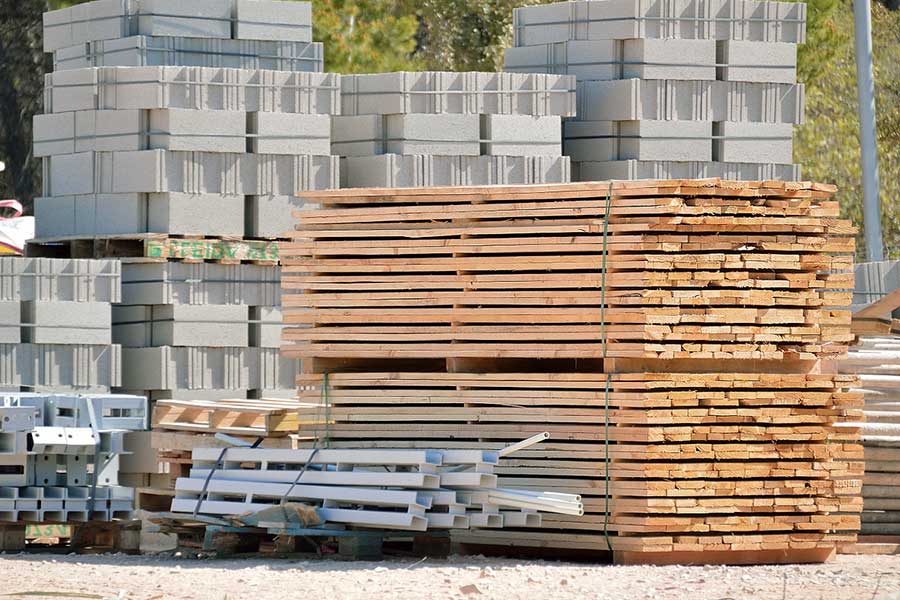5 Sustainable Building Materials Appearing in 2020

Sustainability has become a big deal in the construction field and is necessary for buildings to become “green”. In a finding by the USGBC, there is more than 35% of waste resulting from U.S. demolition and more than 20% coming out of Europe. With the use of materials that are sustainable we will be able to decrease all waste that would be normally created if we had not used it.
1. Timber
Construction would not be where it is today if timber never played a role. With this, it can easily make a comeback. This comeback could occur from the use of timber that is cross-laminated. Cross-laminating involves the use of laminated softwood that becomes a bigger piece. It gets glued by using high amounts of pressure in all directions in order to supply it with a large amount of strength. Any type of timber can be used for this process, including wood that is prone to insects, and will not have any effect on its overall strength.
2. Steel
Infrastructure alone is set for investments worth at least $300 trillion within the next 30 years. The use of sustainable material will allow it to last for many years and by also keeping the infrastructure clean and “green”. With steel, it has begun to receive a new transformation known as “memory steel”. This concept is designed to provide added strength to all existing and any new structures made of concrete. This concept could become a whole new standard as far as infrastructure goes. With memory steel, it utilizes special alloys that get combined with iron. When heated it contracts and only needs to stress concrete one time to make it a permanent process.
3. Redesigned Chipboard
A new idea coming out of the UK is suggesting the use of potatoes as part of chipboard. Aptly named Chips Board, this idea has become thought provoking. With the use of scrap potatoes, it is able to be re-harvested the same way that nature recycles it in a natural setting. This is an effective way to use waste and resources over and over again. This ultimately decreases any waste of food for the purpose of construction material being sustainable for the long run.
4. Bio-insulation
There have been many new ways discovered that now allows us to use different materials for insulation purposes. One of these new solutions is by using mushrooms as a main source of insulation. This type of insulation utilizes the mycelium. The production of insulation from the mushroom’s mycelium is designed to have it live off of sawdust. Eventually, the mushroom will take over the mold and continue to grow until it dries out. Once it has dried it is then able to be prepared for use.
5. Improved Cement
The DB Group has managed to develop a new blend of cement that is able to reduce costs by over 80%. Known as Cenfree, it is able to reduce the amount of CO2 as opposed to traditional cement and not weakening it. Another cement-type is known as Concrete Canvas which is a flexible fabric injected with concrete. This “cement” only hardens when water comes in contact with it. Once wet it becomes a layer of concrete that is fire-resistant, water resistant, long-lasting, and very slim.
Comments
Post a Comment